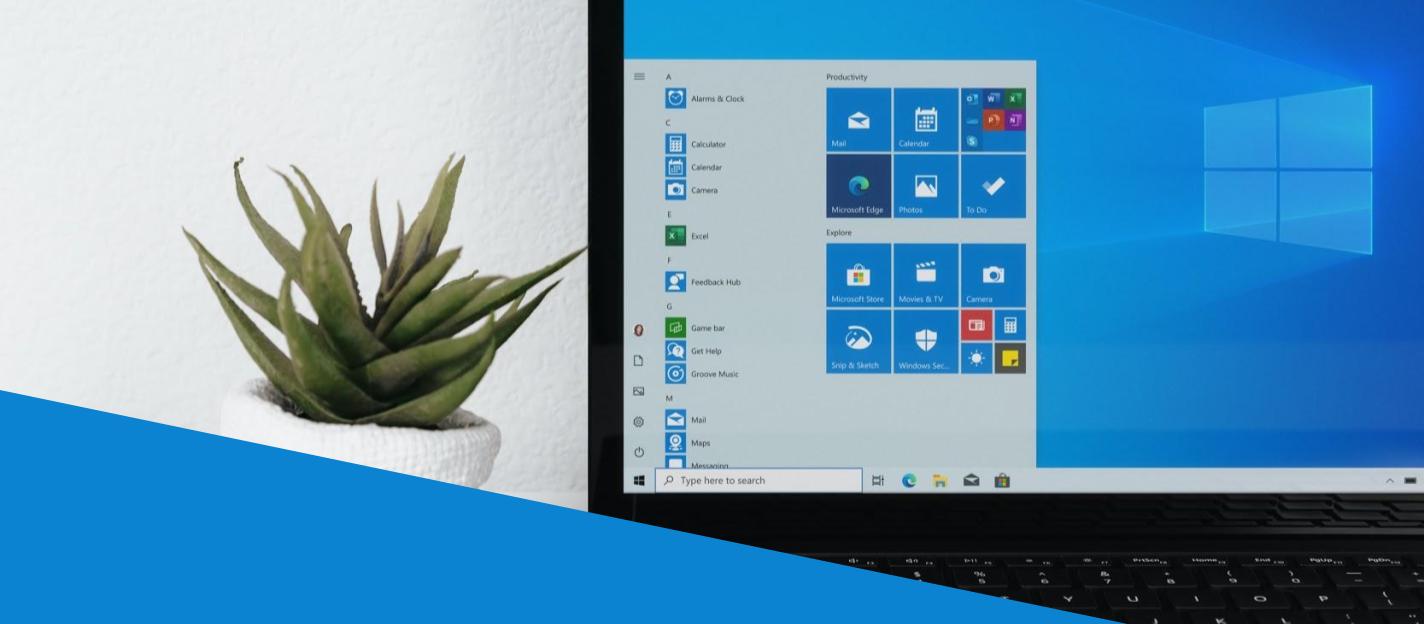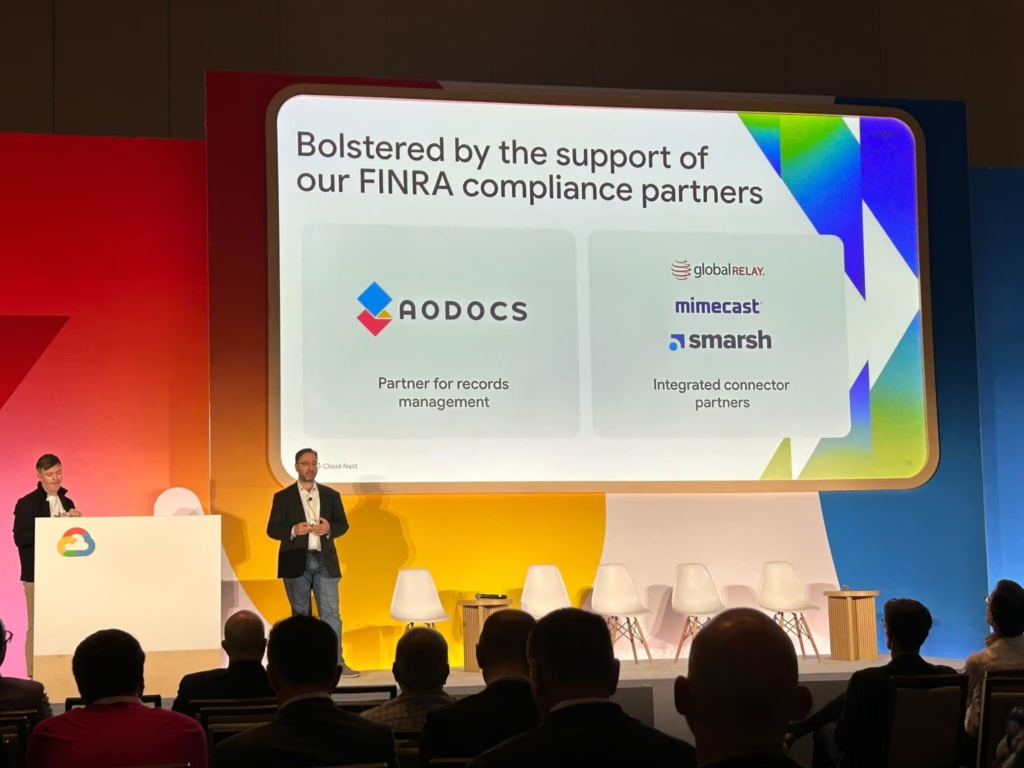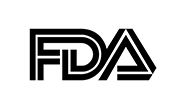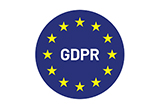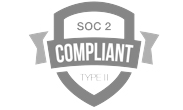It feels like SharePoint 2010 has been around forever. Huge numbers of us have experienced the platform, designed to make information management within organizations easier and more intuitive, but time waits for no one and October 2020 was due to be the end of life (EOL) for SharePoint 2010.
This was not a surprise, this is a standard mode of operation for most Microsoft products. Nor was the news delivered at short notice–end users had plenty of time to address the issue and either make that painful upgrade, or move to an alternative provider.
What is a surprise however is the recent extension of that EOL deadline from October 2020 to April 2021. What sparked this change? And what does that say about the SP user community? To understand both, we need to explore the SharePoint story in more detail.
The SharePoint Vision
As mentioned above, SharePoint was designed to make content and document management simple. To allow users the ability to easily create new documents, share them and manage them securely within so-called SharePoint Sites. The problem was that it was actually a little too easy to do this. SharePoint sprawl hit organizations with a vengeance, with new libraries and intranet sites springing up faster than Usain Bolt running the 100m, making it not easier, but much harder to locate information and manage content and processes effectively.
More recent iterations, SharePoint 2013, 2016 and SP Online, have all arrived in due course, adding new functionality and, for SP Online, moving the conversation to the cloud. Each has required significant work to move from one version to the next – no click and forget in SharePoint land unfortunately. While this has been great for migration consultants and automation vendors, it is not ideal for end users. As we discussed in this earlier blog, this non-trivial upgrade procedure has meant that far too many organizations simply do not upgrade – it’s either too complex for them, or just not worth the effort.
Back to 2020
As Steinbeck said, “the best laid plans o’ mice an’ men, gang aft agley” – or in simple terms, things don’t always go according to plan. And let’s be honest, that sentiment applies pretty well to the whole of 2020 in light of the Covid-19 pandemic. Whether it was due to Covid, or for some other reason, many end user organizations found themselves in early September still relying on SharePoint 2010 to manage business content and processes. Think about what this means in relation to the EOL for a second.
End of life means that there is no vendor provided support. It also means that there are no further updates to fix security flaws or bugs. For anyone trying to manage information compliance and risk within an enterprise this is a huge issue. Running unsupported software in itself is incredibly bad practice, but the potential for disruption to the software by misadventure is more worrying – and trust me, hackers WILL be targeting SP2010 as soon as it goes EOL.
Why The Extension?
But back to the original question for a second. Just why did Microsoft extend the EOL deadline?
In my opinion, it has to be simply because of the number of customers, and likely large customers at that, who are still using SP 2010, and CANNOT run the risk of it not being supported. According to AIIM research in 2020, over 8% of organizations were still using SP 2010 – that is a very large number given that even back in 2016 SharePoint users globally were estimated to be over 200 million. With these huge numbers of users still requiring support it’s only natural that Microsoft would want to keep them happy.
But all this extension does is heighten the need to move away from SP2010 in the next 8 months. To be in the position of not having removed SP2010 from your organization at the moment is unfortunate at best, wilfully negligent at worst. But all is not lost. This recent article in Workflow Online highlights the pragmatic steps that can be taken to make the move from SP 2010 before the EOL deadline. These include evaluating upgrades to newer versions of SharePoint or using this exercise to properly evaluate all of the modern content services platforms on the market.
It’s Time To Move On
The mantra quite simply needs to be that there is no need to panic, but that there is a need for action – now. Waiting another 6 months to be back in the same position is not an option – it is too big a risk moving forward. Be responsible and make the move from SP2010 asap, and let the system take peaceful retirement in the content management care home that it now deserves to be in.
Modernize with AODocs
AODocs is a flexible, cloud native content management platform designed to increase business agility by replacing legacy/on-premise systems with a scalable SaaS environment that allows business users to build and control their content-rich processes.
